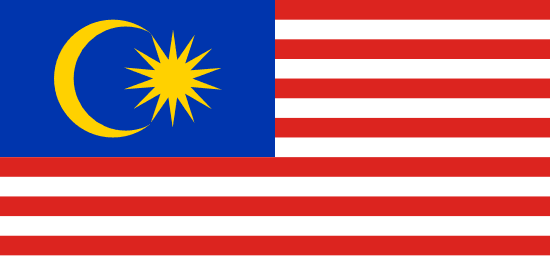"Miri, Resort City | Miri, Resort City"
About:
Miri, Malaysia, was founded in 1910 when oil was discovered by Shell. It grew rapidly, becoming a city in 2005. Miri's economy has diversified beyond oil, with tourism, retail, and education sectors thriving. It's known for its natural attractions, like the Gunung Mulu National Park. Today, Miri is a key commercial and educational hub in northern Sarawak, continuing to evolve while preserving its rich history.
When to visit:
Miri, located in the northeastern part of Sarawak, Malaysia, enjoys a tropical rainforest climate with high humidity and rainfall throughout the year. The best time to visit Miri for a holiday is during the dry season, which typically falls between May and October. During this period, visitors can expect sunny skies, lower chances of rainfall, and pleasant temperatures ranging from 25°C to 32°C. Additionally, the dry season coincides with several festive events and cultural celebrations, offering a vibrant and lively atmosphere for tourists to immerse themselves in.
When to avoid:
Miri, located in Malaysia, experiences its monsoon season from November to February, making this period the least favorable for holiday travel. Heavy rainfall and potential flooding can disrupt outdoor activities and sightseeing opportunities. The wet conditions may also pose challenges for transportation and accommodations, impacting the overall travel experience. Travelers seeking to avoid inclement weather should consider visiting Miri during the drier months of March to October for a more pleasant holiday experience.
Rainy Season (Nov–Mar)
Miri, Malaysia, experiences its wettest season from November to February. Daily temperatures hover around 23-30°C. Rainfall peaks in December, averaging 300mm, making outdoor activities a challenge. The days are usually overcast, with an average of 3 hours of sunshine per day. Despite the rain, humidity remains high, often exceeding 80%. An average day for a visitor during this season involves navigating intermittent showers and enjoying indoor activities. A raincoat or umbrella is a must-have accessory.
"Hot Season (April–September)"
In Miri, Malaysia, the warmest part of the year typically falls between May and September. During this time, the average high temperature ranges between 30°C (86°F) to 32°C (90°F). Rainfall is relatively lower compared to the rest of the year, averaging around 200mm per month.
Sunlight is abundant, with an average of 6 to 7 hours of bright sunshine each day. Humidity levels are quite high, often exceeding 80%, which can make the heat feel more intense. Cloudiness varies, but generally, there are more clear or partly cloudy days than fully overcast ones.
For a visitor, a typical day during this period would start with a warm, sunny morning. The heat and humidity increase as the day progresses, often peaking in the early afternoon. Despite the high temperatures, the presence of a light breeze from the South China Sea can make the heat more bearable. Afternoons may see some cloud build-up, with a chance of short, intense showers, but these usually clear up quickly, leaving the rest of the day warm and humid. Evenings are slightly cooler but remain quite balmy.
Language:
In Miri, a city in Sarawak, Malaysia, a variety of languages are commonly spoken due to its multicultural population. The most widespread language is Bahasa Malaysia, the national language. However, English is also widely understood and spoken. Other languages include various Chinese dialects, such as Hokkien and Mandarin, as well as indigenous languages like Iban and Bidayuh.




